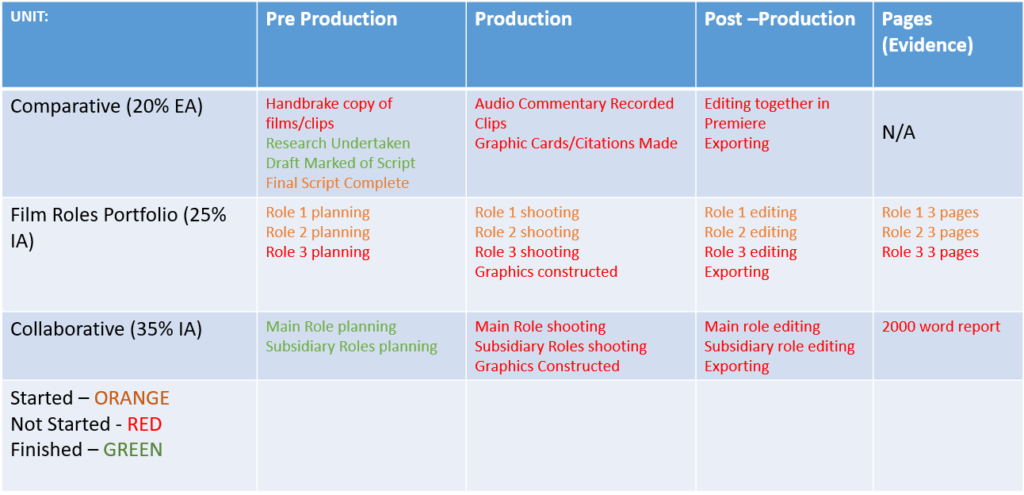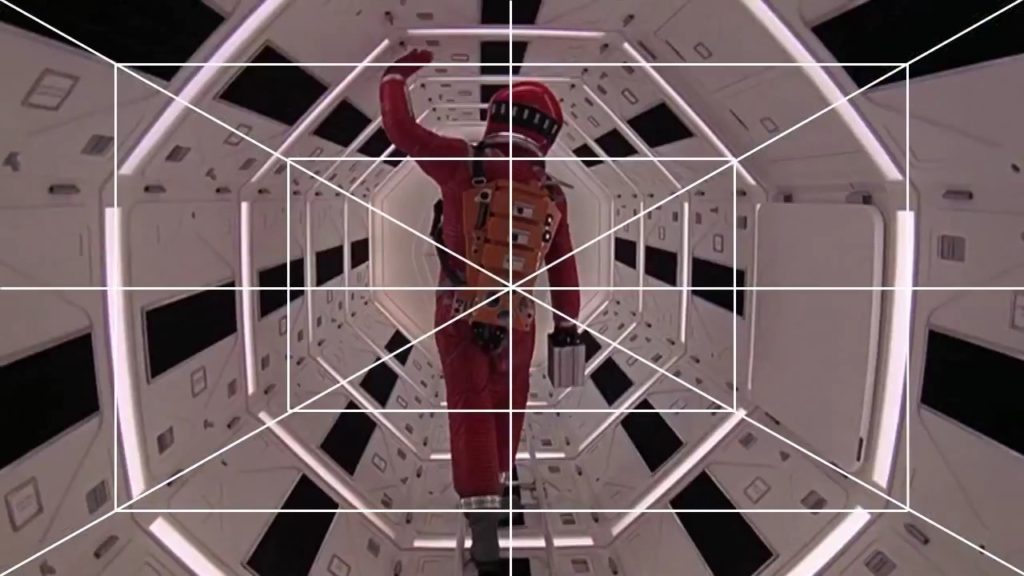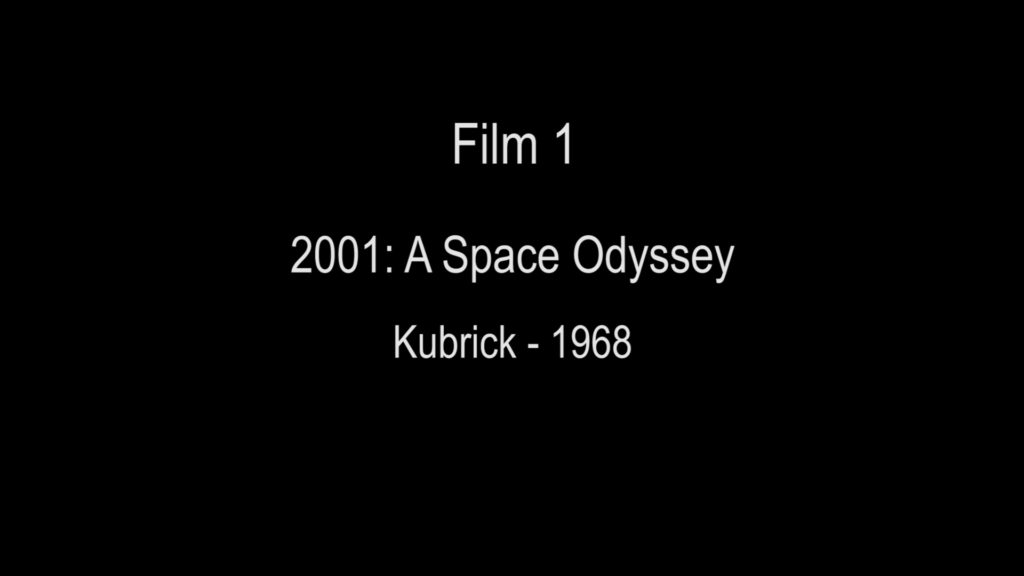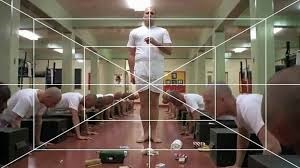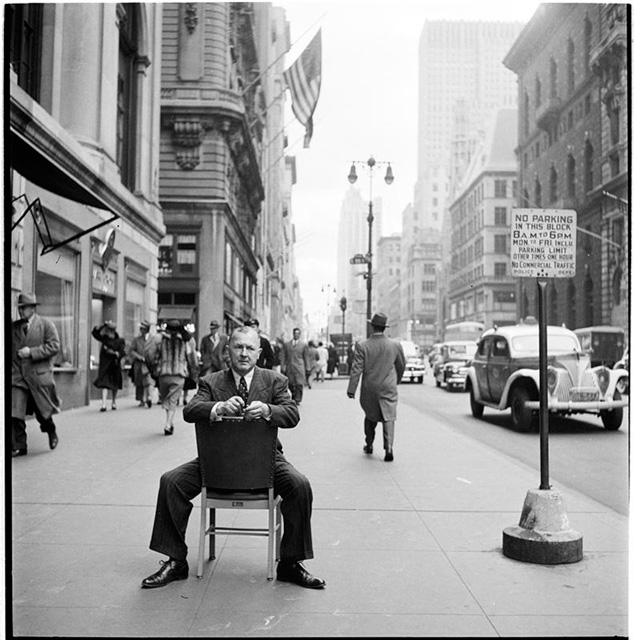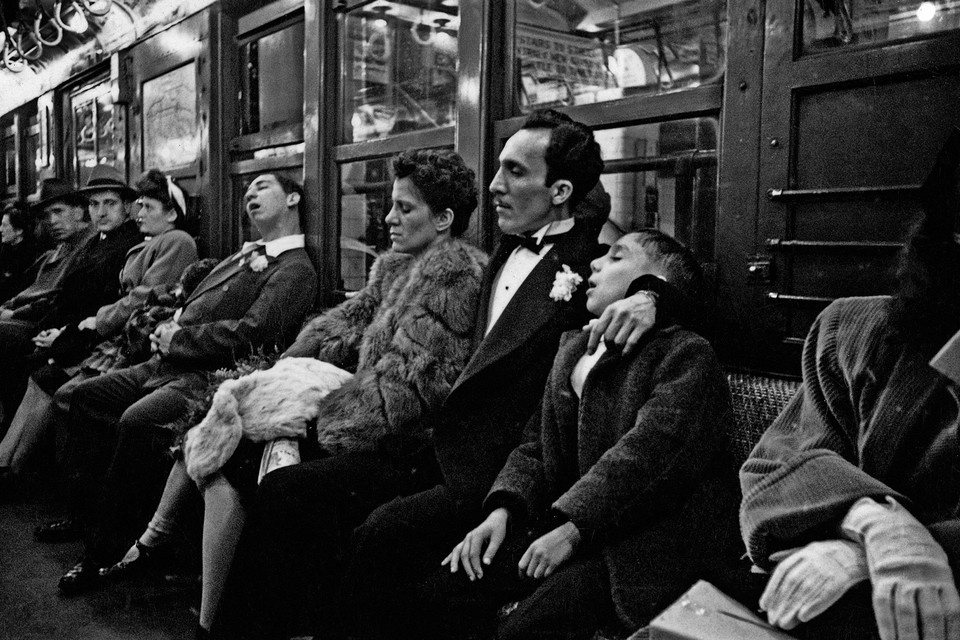In this essay I will be comparing the use of cinematography as a principle storytelling device in the films of auteur director Stanley Kubrick. More importantly, I will analyse how this changes over his career by comparing techniques used, the intentions behind them, and the effects on the viewer in the films “2001: A Space Odyssey” (1968) and “Full Metal Jacket” (1987). In order to understand the change and progression of the role cinematography had as a narrative device in Kubrick’s work, I must look at his trademark techniques and his career as a whole. {taken a little bit out here} It is important to clarify that these movies were chosen, among other reasons, because of their different historical contexts; 2001 is set in the future, a fabrication of what society could be, whereas Full Metal Jacket is set in the past, loosely based around the Vietnam wars.
Before delving into Kubrick’s movies and techniques, It is imperative to explain the main overarching theme of this Video essay – how kubrick’s use of cinematography develops, in correlation with how Kubrick develops as an auteur.
An article on Britannica.com regarding Astruc, Bazin and others describes camera stylo in this quote, it says
caméra-stylo (“camera-pen”), holds that the director, who oversees all audio and visual elements of the motion picture, is more to be considered the “author” of the movie than is the writer of the screenplay.
Auteurs can nearly always be identified by their trademark techniques, Kubrick’s trademark techniques are:
Elaborate tracking shots, especially reversed ones, the one point perspective, the wide angle lens, and finally monolithic themes, which i will quickly touch on now
Monolithic themes: Kubrick often uses monolithic beings/elements in his fi lms that are far more powerful than the characters, these beings / elements convey a sense of dystopian control. This can be obvious in 2001 in the example of HAL: being a supercomputer with immoral intent and nearly full control over the protagonist and his surroundings. Or it can be very subtle like in full metal jacket the idea of war being a type of dystopian control, as if referencing to a future world where everyone fights for survival. This leads me on to further explain that in Kubrick’s later films, the intent behind these techniques started to be much more narrative based and these monolithic elements started being displayed in a more conceptual way. In fact, a quote from Gilles Deleuze talks about these monolithic beings / elements as being the products of a “cinematographic brain”. He talks about how the Mise En Scene is a brain and the beings inside it are on a journey through it, these monolithic beings / elements are catalysts for change and evolution and propel the character through not only the story, but through the cinematographic brain. (show quote) Here, it seems, Deleuze is referencing to how kubrick’s style is exponentially more than what can just be seen on the screen. Each different component seen in his film is like a catalyst to spark emotions, they all work together interchangeably and form a giant “brain”
“For in Kubrick, the world itself is a brain, there is identity of brain and world, as in the great circular and luminous table in Dr strangelove, the giant computer in 2001: a space Odyssey, the overlook hotel in the shining.” (3)
Moving forward, I must now look at how Kubrick uses his trademark techniques in his films and how predominant his cinematography was as a storytelling device as opposed to an aesthetic choice
Firstly, in 2001 this shot (17:12) depicts the current world from the view of space, it establishes a narrative jump in time from a primitive period with primitive shots to this futuristic society as if to represent mankind’s evolution and colonization of space. Here, the cinematography is able to express the narrative without any human subjects or dialogue. Taken out here It is something that critics have picked up on continuously, praising Kubrick for his genius, In-fact In Alexander Walker’s book: “Stanley Kubrick, Director” he says that Kubrick forced his viewers to” jettison the outmoded notion of a story told largely in words,” (page 242).
Whereas full metal jacket uses many simple tracking shots to represent the narrative pulling it along with the characters.
This uncovers the foundation of my argument about how Kubrick’s use of cinematography as a storytelling device changes throughout his career:
during the start of his career his films were heavily based on creating beautiful cinematography, i believe that Kubrick’s partnership with Alcott inspired him and drove him to create these masterpieces. Taken out here The audience can be introduced to their worlds without any context, just what they can see, however in Full Metal jacket it felt very narrative based, the viewer moves with the subject and every shot seems to be based around the character. It is evident then, that in Kubrick’s later films (specifically after the loss of cinematographer John Alcott) the narrative carries a heavier priority in the end product over the cinematography.
Looking at the cinematography as a whole, 2001’s cinematography was so stylistic and artificial, it pushed the viewer away, this meant that the viewer would view the film from an outside perspective, as a member of the audience rather than being immersed into the narrative. By the time FMJ was released, Kubrick had started to value the importance of narrative and immersing the viewer into it, additionally, with the invention of the Steadicam, Kubrick was able to do combine beautiful shots with perfect immersion to help encapsulate the viewer into the narrative.
Kubrick’s representation of monolithic themes also clearly changes between the two films, in 2001 The obelisk and Hal are the two most obvious examples. Rather than looking at the lack of cinematographic substance now in FMJ, I’d like to bring to light how well FMJ uses the monolithic themes to bring the audience into the narrative, The camp as a whole represents the monolithic themes, and the drill sergeant is like an output for this. In fact, by seeing the world through Private Jokers eyes, the viewers can create an emotional connection with the characters in FMJ. They see his emotions and his experiences, as David kehr from the Chicago Tribune says: “There is a real fear at the heart of this monstrously armored, desperately defensive film.” – re rotten tomatoes they follow him and are made to feel a part of the movie, they feel his fear, making it all the more real. Contrastingly, in 2001, the scene where the space men approach the obelisk demonstrates how little emotional connection the audience has with the characters. The absence of close-ups on their faces, the exclusion of dialogue and lack of cinematographic connection all lead to the scene feeling like less of a progression of the narrative and more of an aesthetic choice. There is a visual disconnection in 2001 because the camera seems to not be focused on any one subject, it roams around almost in pain with no repeating pattern or correlation with subject matter. Moreover, what would be considered as the main character is stripped, devoid of all emotion, expressionless and monotone, at 1:29:36 one can compare Dave to Private Pyle, dehumanised by the situation, however, unlike in FMJ there is no counterweight like Joker to balance the situation and help the viewers connect emotionally, the audience has to force themselves into the film. In fact the closest moment they have to an emotional connection is the termination of HAL towards the end, Hal being one of the most visually recognisable symbols of film to date.
Taken out here. It is possible then, that Kubrick may have created a film with such a strong narrative in order to open the audiences eyes to the horrors of war rather than glorifying it with epic cinematographic shots. He may have been using the glorification of war to entice people to watch his film, hoping to instead reveal the living hell that war really is. Similarly, 2001 was set around the time of the Apollo missions, starting 1967 with Apollo 1 and ending in Apollo 17 in 1972, during this time the idea of living in space was in media everywhere, it became an obsession. Kubrick may have created 2001 to show what space travel could be like, he knew that this was exactly what the audience wanted to see. Therefore, Kubrick’s use of cinematography also changed as a result of the current historical context.
From the glorification of space travel, to the disparagement of war, I am led to conclude that over the 13 film career that Kubrick led, his use of cinematography as a principle story telling device evolved and exponentially expanded until he finished his final film, creating an arc and legacy, unrivalled by many other legendary filmmakers, a change that would establish him as one of the greatest for years to come.
Sources
1 – Editors of Encyclopaedia Britannica (Dec 27 2017) , “Auteur Theory” published by Encyclopaedia Britannica inc, available at : https://www.britannica.com/art/auteur-theory Access Date March 25 2020
2 – Landy, M. “The Cinematographic Brain In 2001: A Space Odyssey” From Kolker, R. “Stanley Kubrick’s 2001: A Space Odyssey: New Essays” (2006) Oxford University press (page 99) Available as a preview at: https://books.google.je/books?id=YpritcZXPFoC&printsec=frontcover&source=gbs_ge_summary_r&cad=0#v=onepage&q&f=false
3 – Alexander King (2000) “Stanley Kubrick, Director” Published by: Norton (page 242)
4 – Kehr, D. (1987) `JACKET` A COLD, PERVERSE FILM OF UNSETTLING POWER Via Chicago Tribune. Available at: https://www.chicagotribune.com/news/ct-xpm-1987-06-26-8702170008-story.html Accessed on (26th March 2020)
5 – Full Metal Jacket (1987) Dir, Kubrick. DVD – deluxe edition (2008) USA: Warner Bros. Entertainment Inc.
6 – 2001: a space odyssey (1968) Dir, Kubrick. DVD – digitally restored and remastered edition (2019) USA: Turner Entertainment

